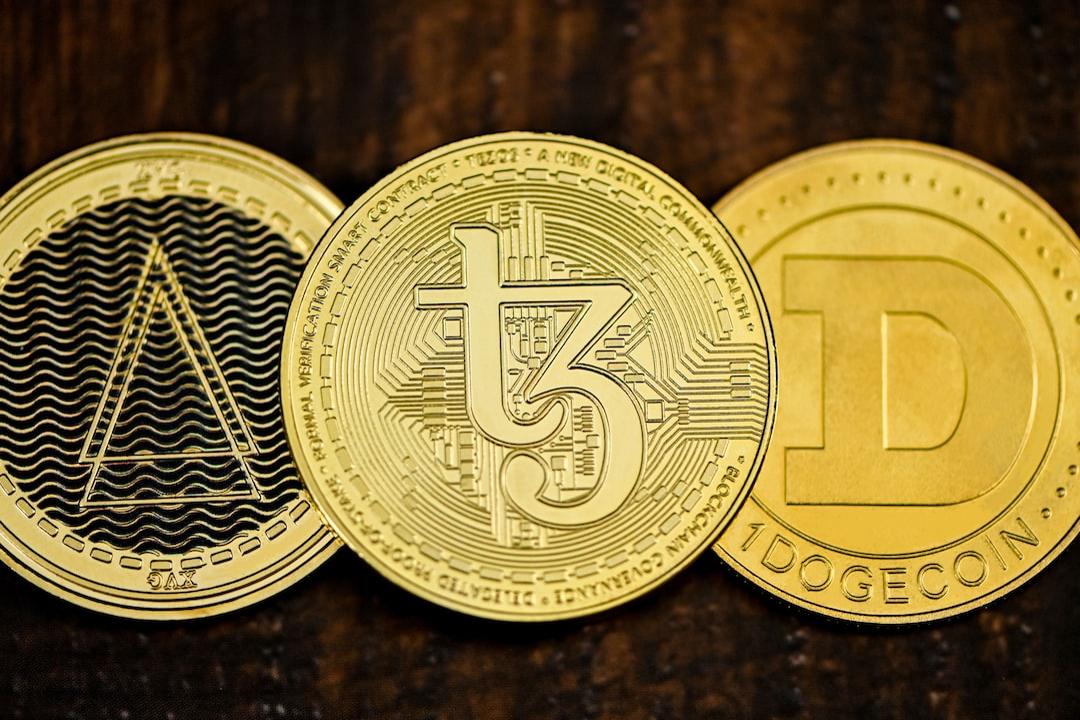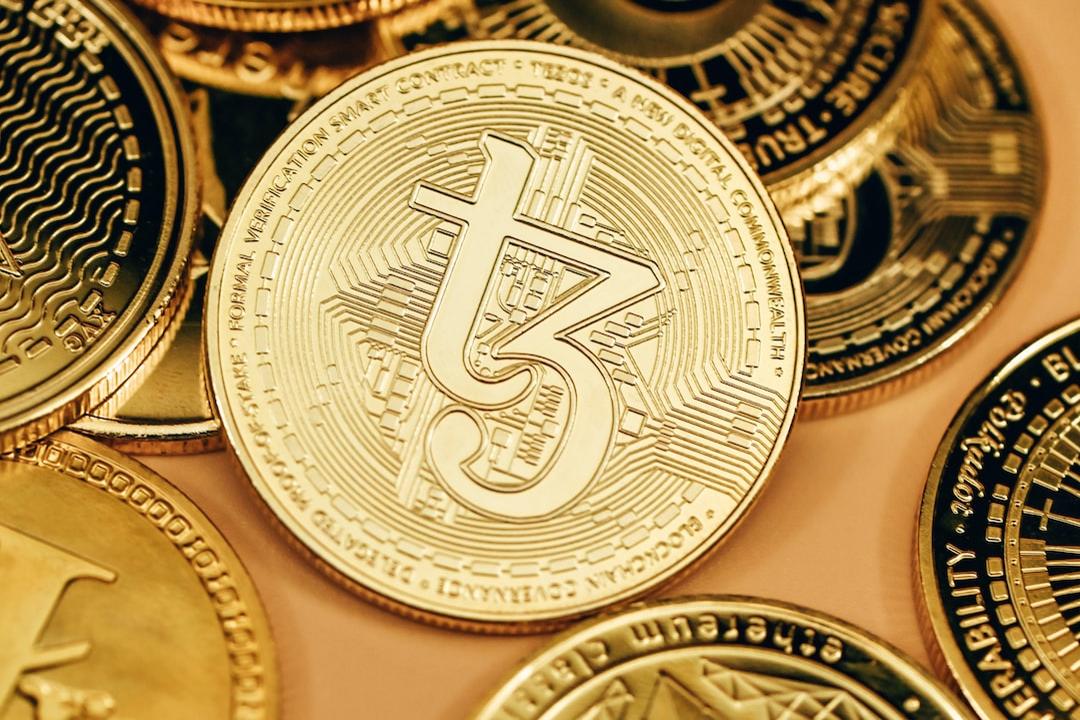The Great Retreat of Crypto Payment Cards: Is the Glory of Crypto U Cards Gone?
The once-thriving crypto payment card (U Card) business is now facing a downturn.
On June 17, Christine, co-founder of Infini, announced on X that the company would cease its consumer-facing crypto U Card operations, while detailing the reasons behind this decision: high compliance costs, thin profits, and heavy operational burdens.

She admitted that the to-C card business consumed 99% of the company’s time and resources, yet contributed almost no income. This announcement marks Infini’s strategic retreat from the to-C card business, shifting its focus to financial management and B2B services.
However, one to two years ago, U Cards were seen as a breakthrough innovation combining cryptocurrency with traditional finance. By supporting stablecoins like USDT and USDC for direct consumption, U Cards quickly attracted users from the crypto community; at that time, ChatGPT was also on the rise, and many wanted to experience subscription services but were hindered by a lack of overseas bank cards. U Cards became a new payment channel amidst the AI boom.
Withdrawals and ChatGPT represent the crypto community’s desire for secure channels and enabled new payment scenarios. Yet, as the industry evolves, it appears that neither of these demands is essential to U Cards. With more U Card projects collapsing, the difficulties of this business have become increasingly apparent.
Not an Isolated Case
Infini’s exit is not an isolated incident. Numerous examples of U Card operations being partially or completely halted can be found in public information, with notable instances including:
- In September 2024, OneKey announced the cessation of new registrations and top-up functions, officially discontinuing its U Card service by January 31, 2025. Although the official reason was not detailed, industry speculation suggests it is related to the interruption of upstream payment services or compliance pressures;
- In December 2023, Binance terminated its card services in the European Economic Area and ended cooperation in parts of Latin America and the Middle East in August 2023. This adjustment is seen as a response to tightening regional regulations;
- Tracing back to 2018, one of the world’s largest payment networks, Visa, terminated its partnership with WaveCrest due to compliance issues. WaveCrest was an intermediary responsible for issuing and processing payments for crypto payment cards, connecting U Cards to the Visa network. Visa’s sudden exit directly caused WaveCrest to be unable to continue servicing its clients, including U Card providers like Bitwala and Cryptopay.
These cases point to a systemic dilemma facing U Card businesses globally.
Uncontrolled Upstream and High Costs
From an ordinary user’s perspective, a U Card is a very simple product—what you see is what you get, and it’s ready to use; the only considerations are the fees and wear and tear.
However, from the perspective of those issuing U Cards, the root of the problem lies in its complex upstream and downstream logic and high cost pressures. First, the operation of U Cards relies on multi-party collaboration: users top up stablecoins like USDT, card providers (like Infini) convert them to fiat currency through off-ramping, and payment networks (like Visa, Mastercard) settle with issuing institutions and banks.
However, the upstream components—especially payment networks and banks—are not under the control of the crypto community. This renders U Cards as “vassals” of the traditional financial system, with weak bargaining power. But why do you see so many different brands of U Cards? Exchanges issue cards, wallets issue cards, and payment startups also issue cards… Can anyone issue a crypto payment card?
When users see a card branded with a specific cryptocurrency exchange and bearing the VISA logo, the unseen reality is the collaborative model between the issuer and the technology provider. For example, Coinbase’s VISA card was previously supported by the technology provider Marqeta, enabling it to issue crypto debit cards and provide users with instant transaction authorization and fund conversion services.
Moreover, the existence of the “technology provider” role simplifies the issuance process of crypto payment cards.

Technology providers offer a kind of “card issuance as a service” capability: by providing necessary security technology, payment processing systems, and user interfaces to organizations needing to issue cards, they support crypto card issuance, currency conversion, and payments. The issuers only need to invoke the technology provider’s API or SaaS solutions to issue and manage crypto credit/debit cards.
Additionally, the technology provider’s “card issuance as a service” includes various functions such as transaction authorization, fund conversion, transaction monitoring, and risk management, helping issuers streamline operations and improve efficiency. That is to say, the U Card you hold is, in fact, the result of collaboration among the issuer, technology provider, banks, and payment networks.
This also means that every party in the issuance chain seeks to profit. Everyone wants a piece of the pie, but those at the relatively downstream end of the chain, including intermediary projects and brand parties, can evidently gain less.
The revenue from U Cards primarily comes from transaction fees, but the 1-3% fees charged by payment networks, additional costs for stablecoin conversion, and bank account maintenance fees quickly eat into the profits of this business. Difficulty in generating revenue against costs is compounded by the inability to cut fixed costs.
Supporting the operation of U Cards is no easy task. Technical maintenance requires immediate processing of transactions and ensuring security, while customer support must address refund and inquiry demands—such as Infini’s promised 10-working-day refund arrangement, which also incurs human resource and response costs. On the user side, individuals may encounter various issues due to different payment scenarios, but the project parties for U Card businesses must handle these personalized problems; moreover, due to the long upstream chain, when issues arise with technology providers or card organizations leading to service interruptions or anomalies, they often find themselves taking the blame.
Compliance Risks
Moreover, U Cards also face stringent compliance requirements for survival. KYC (Know Your Customer) and AML (Anti-Money Laundering) are basic thresholds, and if they engage in business in North America and Europe, compliance with U.S. FinCEN registration and EU MiCA regulations further intensifies the requirements.
USDT itself is also a favored asset in gray markets (such as money laundering), which inherently means that U Cards need to allocate more effort to manage risk control issues. Even more aggressively, when companies operating U Card businesses adopt the model of “registered overseas, employees working domestically,” the unique nature of the crypto industry in their home country makes these businesses more susceptible to certain legal risks.

Recently, there have also been reports on social media of certain U Card businesses being shut down; we cannot ascertain the authenticity and specific details of these events, but one thing is certain: the effort required for U Card businesses to comply with local regulations, along with risks stemming from other factors, is significantly higher than that of many on-chain businesses. Sometimes, the issue does not solely lie with the card itself; the funds involved, the users, and the relatively tightening public opinion environment can all cast a shadow over the brand and recognition of U Card businesses.
Struggling without reward, worrying without profit, this may be a common dilemma faced by most U Card projects focusing on the payment sector. Currently, the U Card business may be more suited for CEXs. CEXs do not rely on U Cards for generating profits and income; when trading operations can generate sufficient profit, using U Cards for customer loyalty management and positioning them as a differentiated brand service is a better choice.
For example, Bybit and Bitget still offer corresponding U Cards, while Coinbase recently announced at the State of Crypto Summit that it will launch the Coinbase One Card in the fall of 2025, allowing users to earn up to 4% Bitcoin back on each purchase, supported by the American Express network.

Many want to issue cards, but who can actually succeed depends more on compliance resources and risk control capabilities. From the current situation, the U Card business is gradually moving toward oligopolization.
From Vassal to Independence
On one side, the crypto industry faces obstacles in traditional business, while on the other hand, traditional finance continuously engages in businesses related to the crypto space, becoming a trend. Whether it is stablecoins, RWA (Real World Assets), or the recent hot topic of publicly listed companies in the U.S. holding crypto assets, traditional finance is leveraging existing resources and accumulated compliance to “steal lessons” from the crypto space for profit.
Conversely, crypto business, aside from crypto-native activities surrounding trading and asset creation on chains, is increasingly feeling constrained when attempting to expand outward. The challenges faced by U Card businesses reflect the awkward position of the entire crypto industry when interacting with traditional financial systems. As a “vassal” of traditional finance, the crypto industry has never been able to take the initiative in the payment sector.
Perhaps reducing dependence on fiat currency conversion, initiating transactions directly from wallets, and conducting transactions through on-chain settlements to bypass traditional payment networks for transfers is the original form of crypto technology. However, under the premise of compliance and embracing reality, this path appears overly idealistic.
Moreover, if attempts to gain control over the industry chain, such as acquiring banks, payment channels, and technology providers, stem from constraints in traditional businesses, this may further inflate costs, especially without knowing how many users will actually use the cards.
Furthermore, the contradictions reflected in the U Card business extend beyond the payment sector and permeate the entire external development of the crypto industry. When innovation and excitement can only continue in crypto-native soil, the opportunities for grassroots, independent crypto to break out have yet to arrive.
This article is collaboratively reproduced from: Deep Tide

